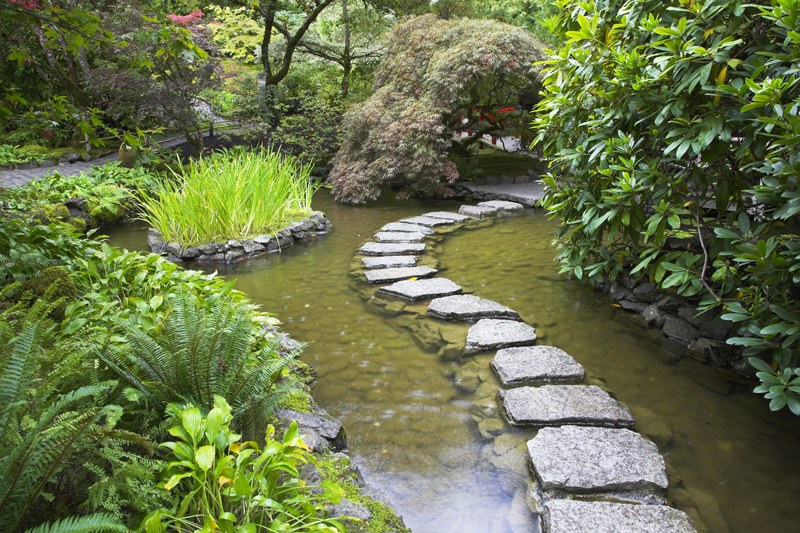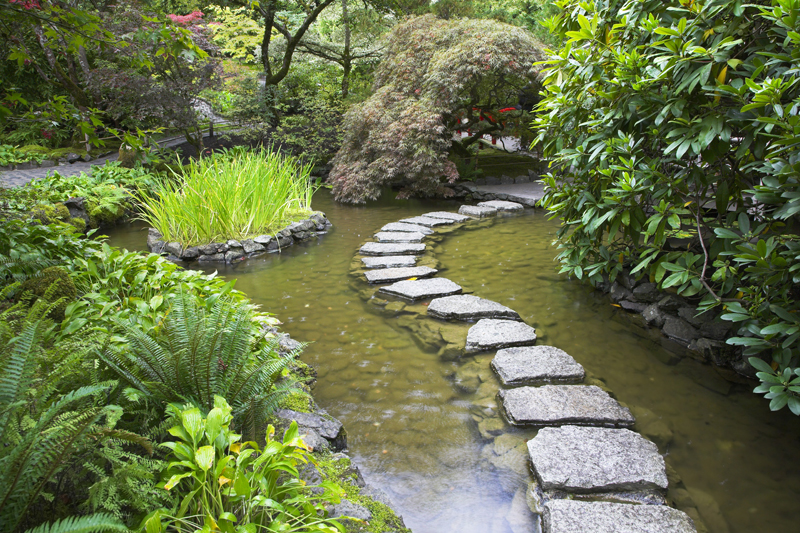The Bluebells

These bulbs are often called bluebells or wood hyacinths. Several Latin names are used for these, including Endymion and Hyacinthoides.
Native to Europe, the bluebells are very adaptable plants. They also happen to be toxic if they are consumed.
General Description of the Bluebells
Most bluebells are a foot or so in height. These feature lance-like or strap-like foliage.
The sweetly scented emerge in late spring. Often, they are blue or white. However, they can also be pink or violet as well. These flowers attract pollinators.
Growing Bluebells
These vigorous, deer resistant plants grow in both part shade and full sun. The ideal spot for bluebells is in the dappled shade provided by deciduous trees. Their hardiness can vary slightly, according to the species. However, most are hardy to zone four.
The bluebells prefer a relatively rich, well drained, moist soil of any pH level. They are adapted to sandy, loamy, and clay soils. If possible, allow these bulbs to spread and multiply freely.
The best time to divide or plant bluebells is during late summer. Plant these bulbs four inches deep and three to six inches apart.
The bluebells are considered heirloom plants because they have been in cultivation for centuries. The plants are also a wonderful addition to borders. All of the bluebells are wonderful choices for pollinator gardens. These are a source of nectar and pollen for pollinators.
The plants are a great choice for naturalizing and are ideal for rock gardens as well as woodland gardens. The cut stems have been used in floral arrangements.
Recommended Bluebell Species for Pollinator Gardens.
A number of bluebell species are commonly grown. The following are recommended for pollinator gardens.
English bluebells (Hyacinthoides non-scriptus) is a popular bulb and is much loved. This plant reaches 14 inches in height.
It features small, scented blooms that are often violet-blue, white, or blue-violet. These plants can bloom for up to a month.
This species does best in cold climates (zones four through six). English bluebell bulbs are available from Fedco Seeds, Brecks, White Flower Farm, and K. Van Bourgondien.
Spanish bluebells (Hyacinthoides hispanica) are also called Spanish hyacinth and European bluebells. This is native to Spain and Portugal. It is among the easiest bulbs to grow and is very popular.
This bulb is hardy to zone five. The plant can be slightly over 1 ½ feet in height. It is related to English bluebells.
The strap-like leaves are almost an inch across. Flowering occurs in April, usually in late spring. The blooming period can last for two week or so. The flower stems can be up to 1½ feet in height.
The blossoms are borne in clusters of twelve to fifteen individual blooms.
If left alone so they can spread, Spanish bluebells produce offsets and self sow very nicely.
Native to Europe, the bluebells are very adaptable plants. They also happen to be toxic if they are consumed.
General Description of the Bluebells
Most bluebells are a foot or so in height. These feature lance-like or strap-like foliage.
The sweetly scented emerge in late spring. Often, they are blue or white. However, they can also be pink or violet as well. These flowers attract pollinators.
Growing Bluebells
These vigorous, deer resistant plants grow in both part shade and full sun. The ideal spot for bluebells is in the dappled shade provided by deciduous trees. Their hardiness can vary slightly, according to the species. However, most are hardy to zone four.
The bluebells prefer a relatively rich, well drained, moist soil of any pH level. They are adapted to sandy, loamy, and clay soils. If possible, allow these bulbs to spread and multiply freely.
The best time to divide or plant bluebells is during late summer. Plant these bulbs four inches deep and three to six inches apart.
The bluebells are considered heirloom plants because they have been in cultivation for centuries. The plants are also a wonderful addition to borders. All of the bluebells are wonderful choices for pollinator gardens. These are a source of nectar and pollen for pollinators.
The plants are a great choice for naturalizing and are ideal for rock gardens as well as woodland gardens. The cut stems have been used in floral arrangements.
Recommended Bluebell Species for Pollinator Gardens.
A number of bluebell species are commonly grown. The following are recommended for pollinator gardens.
English bluebells (Hyacinthoides non-scriptus) is a popular bulb and is much loved. This plant reaches 14 inches in height.
It features small, scented blooms that are often violet-blue, white, or blue-violet. These plants can bloom for up to a month.
This species does best in cold climates (zones four through six). English bluebell bulbs are available from Fedco Seeds, Brecks, White Flower Farm, and K. Van Bourgondien.
Spanish bluebells (Hyacinthoides hispanica) are also called Spanish hyacinth and European bluebells. This is native to Spain and Portugal. It is among the easiest bulbs to grow and is very popular.
This bulb is hardy to zone five. The plant can be slightly over 1 ½ feet in height. It is related to English bluebells.
The strap-like leaves are almost an inch across. Flowering occurs in April, usually in late spring. The blooming period can last for two week or so. The flower stems can be up to 1½ feet in height.
The blossoms are borne in clusters of twelve to fifteen individual blooms.
If left alone so they can spread, Spanish bluebells produce offsets and self sow very nicely.

Related Articles
Editor's Picks Articles
Top Ten Articles
Previous Features
Site Map
Content copyright © 2023 by Connie Krochmal. All rights reserved.
This content was written by Connie Krochmal. If you wish to use this content in any manner, you need written permission. Contact Connie Krochmal for details.



